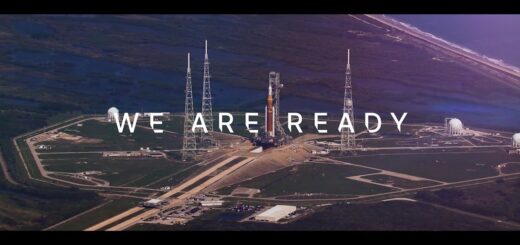10.8 Global Positioning System
PROFESSOR: Welcome back to A20 special relativity. In this last section of this chapter, we talked about applications and implications of special relativity. We talked about the global positioning system. You all have used GPS before, be it in your car when you’re trying to find your way through town or when you go for a run and you want to measure how long and how fast you actually are running. The global positioning system is a set of satellites all equipped with atomic clocks. And they’re used for navigation and have been developed first under the name of Napster GPS. And GPS is one of many global or few global navigation system. Others are GLONASS, BDS, Galileo Systems developed in Europe, in Russia, in Japan, and so. This picture here shows you how you want to view this view of Earth and then at around 20,000 kilometer, GPS has about 31 satellites, which zooms around the Earth. And as soon as you have three satellites, which you can see from your viewpoint, you can actually figure out where that viewpoint is. Think about each satellite gives you an information of a sphere. The cross section between two spheres is a line. And if you have three spheres crossing, that gives you three-dimensional information about location on which you’re looking at this. GPS was– the first satellites were launched in 1978. Again, 31 satellites in orbit at the time right now. So how does this work? So the satellite transmits information about position in time in regular intervals. It’s does have a clock. They use a specific frequency or multiple frequency to send signals. And then the receiver calculates how far away the satellite is and how long it took the message to arrive at the place of the receiver. Again, three satellites are used to extract the exact location. However, as you can imagine, the reason why I bring this up in this class is that we have to consider effects of special relativity and also, general relativity, as we will discuss later in this class. So you have clocks on the satellites. And you have identical clocks on Earth. And they do tick differently as we discussed many times in this class. If you were to calculate the effect of special relativity, the prediction is that the clocks take about 7 microseconds a day slower on the satellite then compared to the one on Earth. However, the satellite at a higher orbit. And the gravitational pull at a higher orbit is less strong as on Earth. And that then, as a result, is the clocks on the satellites actually run faster than the ones on Earth. And that effect is larger, very larger than the effect of special relativity, which is effect from then just moving relative to the observer. The fact is 47 microseconds a day. And then you can just calculate the net correction, which is 38 microseconds a day, which corresponds to about 11 kilometers. Now imagine on your run and there’s 11 kilometer difference a day. I don’t expect you to run for a day, but you might run for an hour. Still the effect is rather large. So you want to have a more precise system. And therefore, those effects need to be corrected, and they are. They’re typically built in into the electronics and automatically corrected. The precision achieved with GPS system ranges a little bit based on how you use the information, what kind of transceiver you use. It’s in the order of 505 meters to 30 centimeters, so about this of a distance. So anywhere on this planet you can pinpoint your location by about this with this precision. Well, this concludes the discussion of implications and applications in special relativity.













